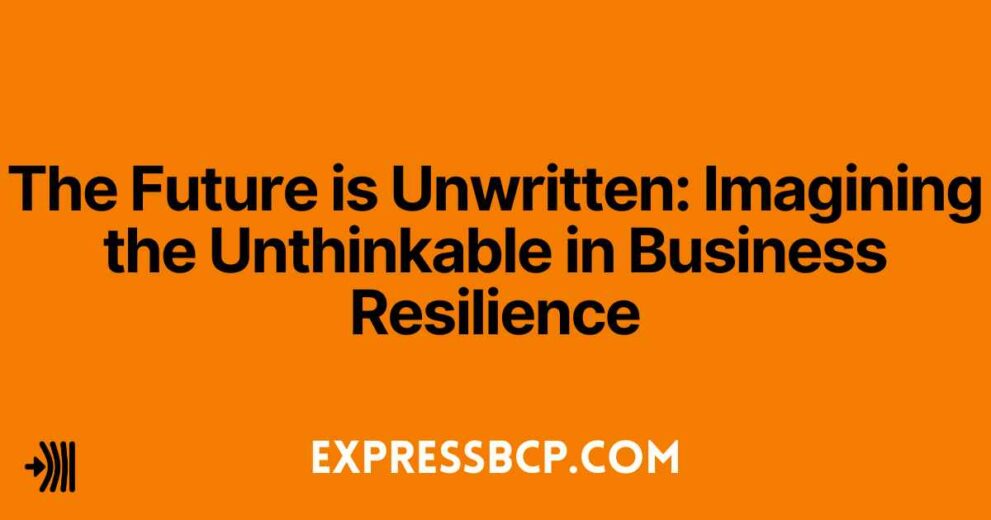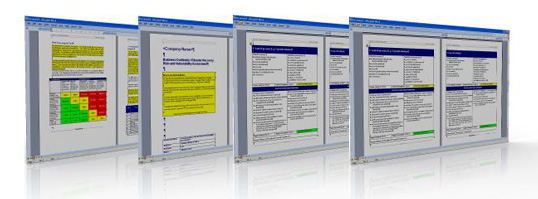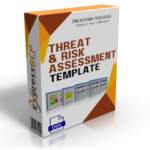The Future is Unwritten: Imagining the Unthinkable in Business Resilience
The article discusses the importance of imagination in business continuity and resilience planning, emphasizing that unanticipated threats, or “black swans,” can pose significant risks. It outlines potential future disruptions, such as quantum cyberattacks and AI malfunctions, and suggests fostering creativity, scenario testing, and adaptive resilience to prepare for the unforeseen.











